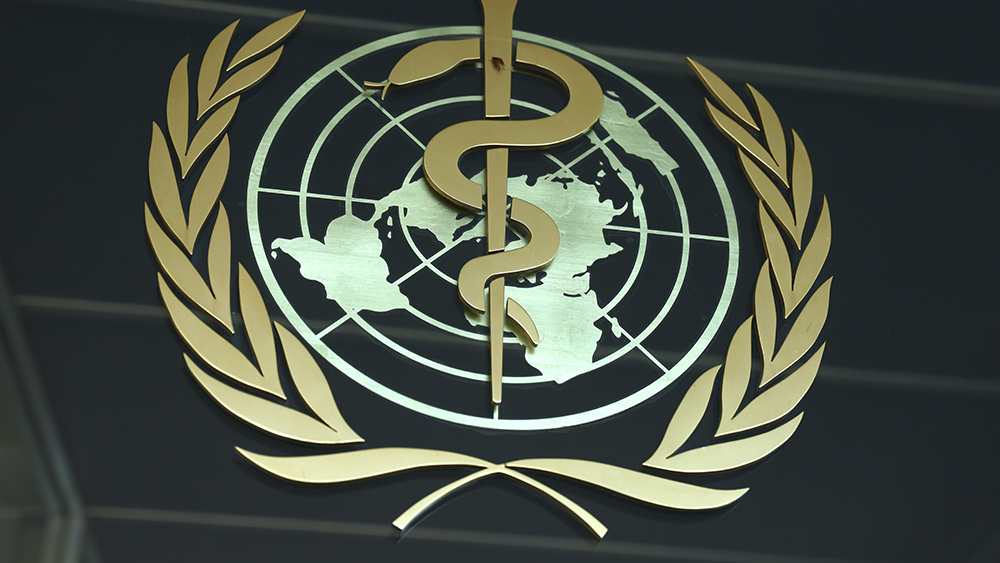
In March 2023, the Environmental Protection Agency (EPA) proposed the first national drinking water standard for "forever chemicals" under the Safe Drinking Water Act. The proposal seeks to establish drinking water guidelines for six PFAS compounds.
Among these chemicals, perfluorooctanoic acid and perfluorobutane sulfonic acid stand out, with the EPA proposing to lower the health advisory limit for when PFAS is detected in drinking water from 70 parts per trillion (ppt) to just four ppt. The EPA has also proposed a collective lower limit for other forever chemicals, such as PFNA, PFHxS, PFBS and GenX.
The proposed rules mandate water systems to monitor specifically for six identified compounds, inform the public about PFAS levels, and take corrective measures if concentrations surpass allowable thresholds. The establishment of a federal Maximum Contaminant Level also requires states with their own PFAS standards to adopt supplementary treatment technologies. (Related: RATIONING BEGINS: California water board to require reduced indoor water use for citizens.)
Moreover, the EPA estimated the total annual costs of compliance will range from $772 million to $1.2 billion, with economic benefits projected between $908 million and $1.2 billion.
The Office of Management and Budget approved the proposed rules to reduce PFAS levels in drinking water.
Biden claims the approval fulfills one of the promises he made during the 2020 presidential campaign when he pledged to revise existing policies, establish new divisions, elevate environmental justice within the government and invest significantly in clean energy and pollution reduction efforts benefiting marginalized communities.
New rules could increase utility costs by thousands
But critics note the potential consequences of the new rules.
For instance, a report by consulting firm Black & Veatch for the American Water Works Association (AWWA) estimated that compliance with the new standards could lead to an increase in water costs of up to $11,150 per year for some households. Water utilities may face nearly $3.8 billion in new annual costs just to meet the new requirements.
"The vast majority of these treatment costs will be borne by communities and ratepayers, who are also facing increased costs to address other needs, such as replacing lead service lines, upgrading cybersecurity, replacing aging infrastructure and assuring sustainable water supplies," AWWA said.
AWWA also warned the government that the proposed rule would force over 5,000 water systems across the country to create new water sources or install advanced treatment technologies, while approximately 2,500 water systems in states with existing standards would need to adjust their current PFAS treatment systems.
"Ultimately, without more federal support for upgrading current treatment technologies, average Americans will have to pay the cost of further treatment through higher rates for their water," warned Tom Dobbins of the Association of Metropolitan Water Agencies.
Visit Chemicals.news to learn more about the toxins chemical companies release to the environment.
Watch the video below that talks about how PFAS contamination has been more prevalent in drinking water than claimed.
This video is from the Weltansicht channel on Brighteon.com.
More related stories:
EPA monitoring a new class of toxic PFAS in municipal water supplies – GenX chemicals.
18 Popular US-made soft contact lenses found to contain high levels of harmful PFAS.
Sources include:
Please contact us for more information.






















